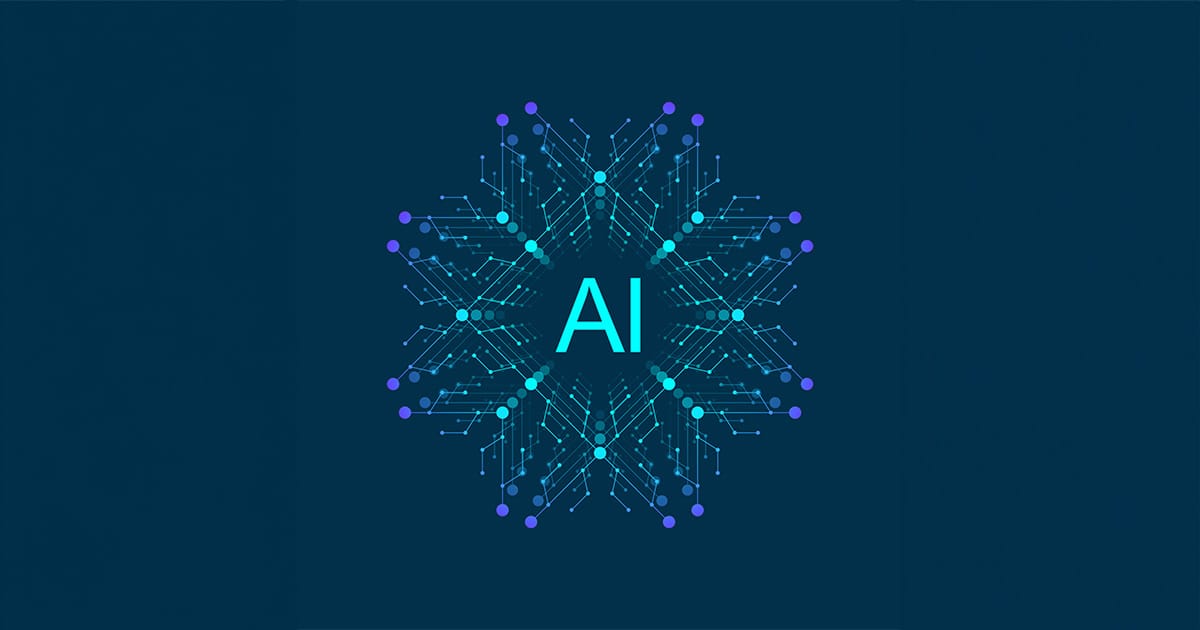I recently watched a documentary on songwriting and the community of songwriters in Nashville Tennessee. The documentarians talked with a number of songwriters who gave their story of how and why they navigated (moved) to Nashville. Each songwriter spoke to culture of the “Nashville song writing community” – open mic nights for songwriters to share their work, the environment of collaboration and networking, and the openness of experienced writers to mentor other or new writers who are effectively their competition.
As I watched this documentary, I was struck with how similar this songwriting community (in Nashville) is to the communities I’ve been associated with in the tech industry; meet ups where speakers share ideas and things they are working on, networking events – online and in person, and feedback/learning sessions on code/product ideas through online forums.
With this I mind, I would like to share thoughts on what I think makes a strong tech community. The following are pillars I feel define a solid tech community:
Shared Purpose: A strong tech community rallies around a shared mission—whether it’s advancing innovation, fostering education, or creating impactful solutions. A clear purpose unites members and gives them a sense of belonging and direction.
Inclusive mindset: Tech thrives on varied perspectives. By welcoming individuals from different backgrounds, experiences, and skill levels, the community fosters creativity and resilience while addressing biases and barriers.
Active Engagement: Regular events, discussions, and collaborative projects encourage participation. Whether online or in-person, active engagement ensures the community remains vibrant and relevant.
Mentorship Opportunities: Sharing knowledge and experiences through mentorship enriches both mentors and mentees. This creates an ecosystem where learning is continuous, and members grow professionally and personally.
Open Communication Channels: Reliable platforms for sharing ideas and feedback, whether forums, Slack groups, or meetups, cultivate transparency. Open communication enhances trust and allows collective problem-solving.
Recognition and Celebration: Recognizing contributions and celebrating milestones motivates members to continue their involvement. Whether it’s showcasing projects or personal achievements, positive reinforcement strengthens ties within the group.
Accessibility: Lowering barriers to entry—be it financial, educational, or technological—ensures everyone has the chance to contribute. Accessibility makes the community welcoming to newcomers while sustaining growth.
Supportive Leadership: Leaders who inspire, listen, and guide set the tone for the community’s culture. Effective leadership empowers members to take initiative while keeping the group aligned with its goals.
To foster these pillars here are just a few best practices that will help drive the community in a positive direction:
- Host events – organize online and in-person meetups, hackathons, or online webinars. These events will help build camaraderie and provide a platform for collaboration. Additionally, during the in-person events, the community leaders need to be visible and engage with all in attendance – creating a welcoming environment is important.
- Ask for feedback – Regularly seek input from members. Act on their feedback, when appropriate, to show that their voices matter and are helping to shape the community.
- Growth mindset – This applies to the community as a whole – members and the community leaders. Asking questions is encouraged and members are supported in growing their skills.
- Be consistent – Communicate regularly through newsletters, websites, social media, or meet ups. A predictable rhythm creates trust and keeps members informed.
- Transparency – Clearly outline the community’s purpose, rules, and decisions. This builds trust and promotes healthy engagement.
I have been fortunate to be a member and leader of a few communities where the above pillars and best practices were followed or in the process of being implemented. From my perspective, my participation provided a value add (for me) as I learned new skills as well as having the opportunity to “teach” others: a win-win proposition all around.
There are many great reasons to join and participate in technical communities. The communities that adhere to the above will provide you with technical growth opportunities, “soft” skill (leadership, communication, empathy) growth opportunities, networking, and a positive ROI of your time investment.
If you’re not already a member of a technical community then join one! A great one to join is the Seattle Data, A.I., C Security community – (1) SeattleData AI C Security: Posts | LinkedIn




